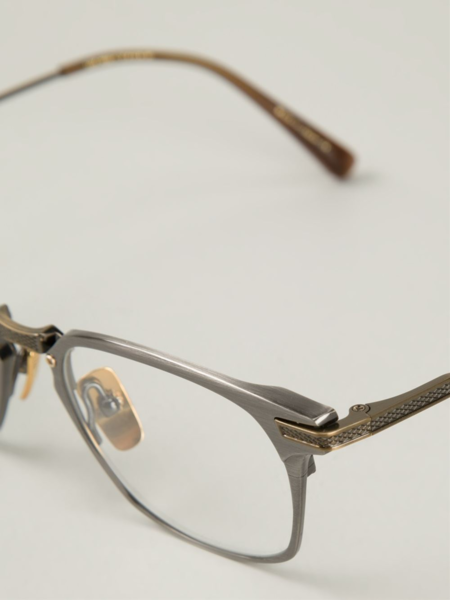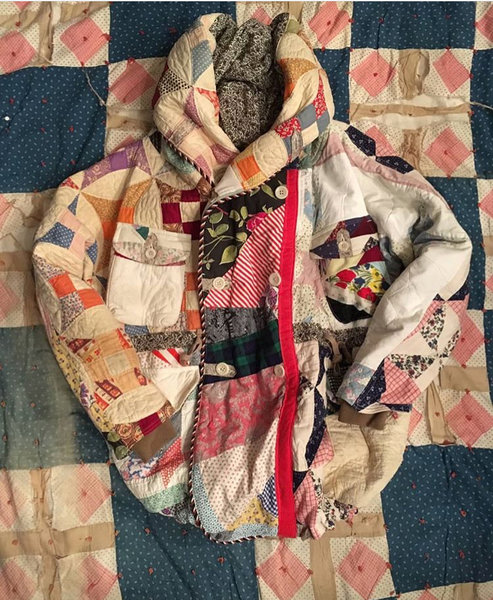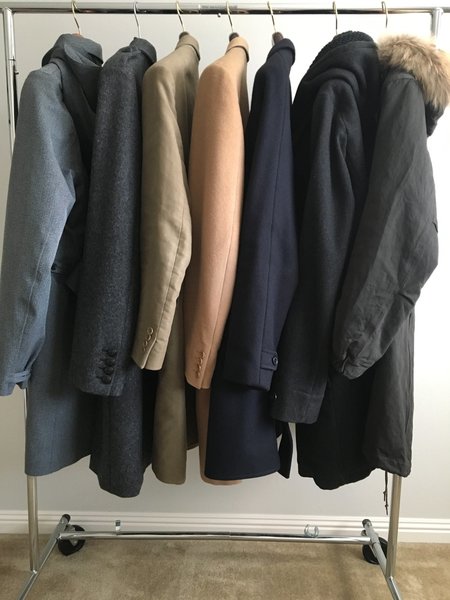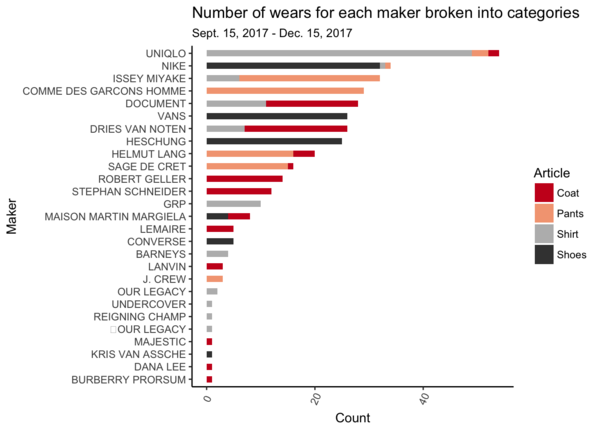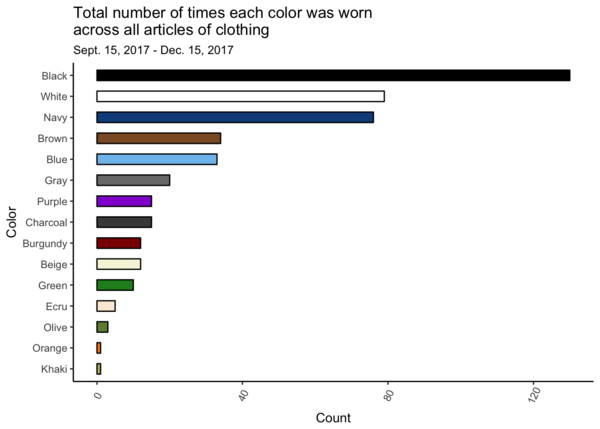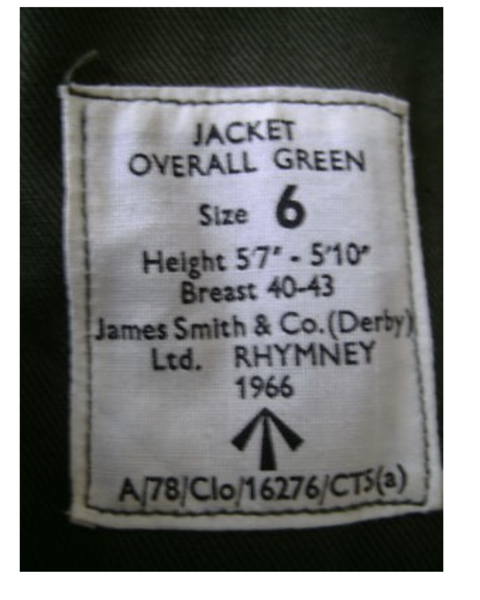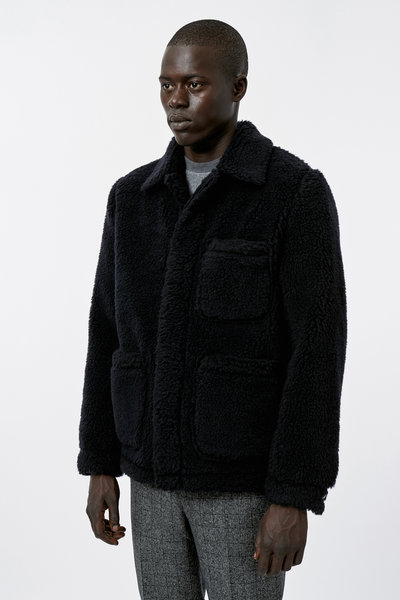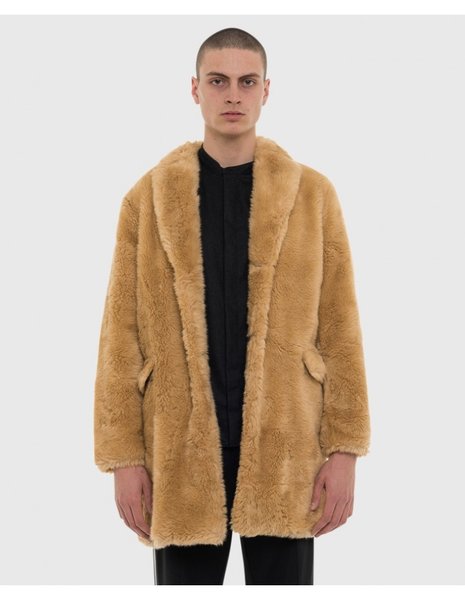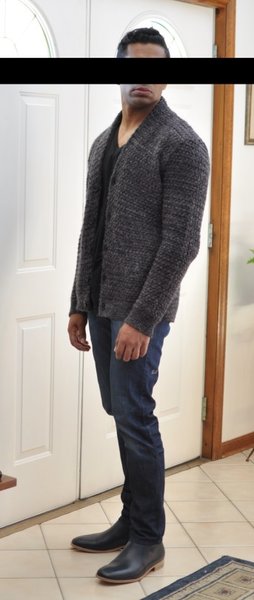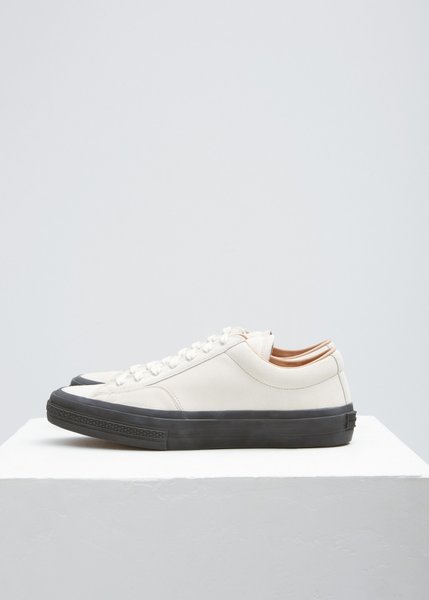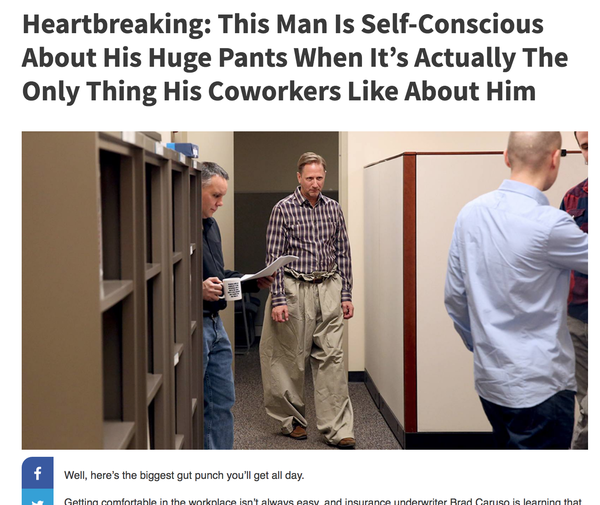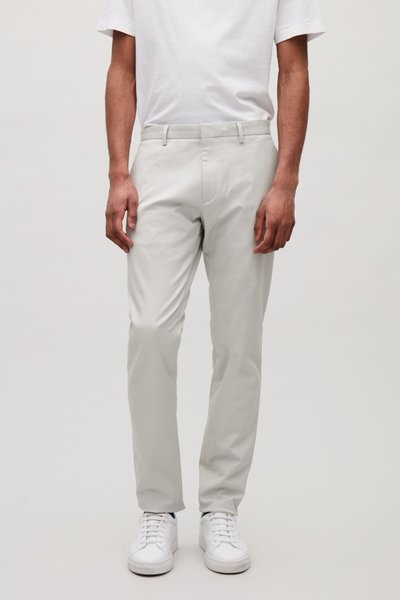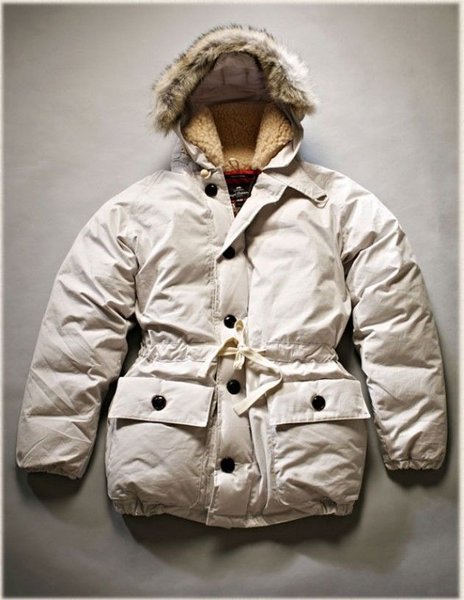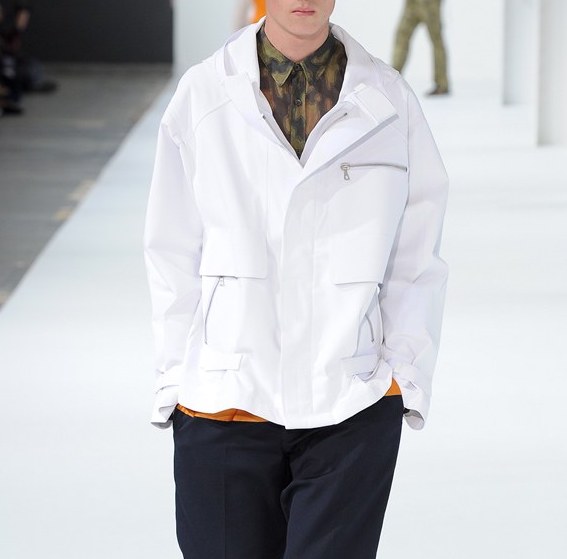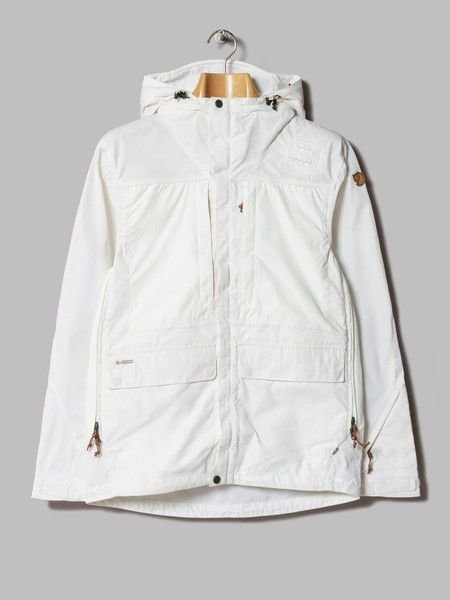- Joined
- May 9, 2013
- Messages
- 2,988
- Reaction score
- 4,053
This is certainly true … and diminishes to the point where it's more profitable to just rip it off and make whatever it is out of the cheapest materials/means possible a'la Forever 21, ABS, etc knockoff artists.
Yes, except it isnt only Forever etc that knock off, we have a TON OF HIGH END , even artisanal brands that are knocking off stuff almost line for line and gets a past by many people who would bash H&M.
I think there are people who genuinely care about making a really good product and there are others woh are just concerned with making the most money they can.
Its a delicate balancing act, because one has to have integrity and believe in a way of working to get great products done........but no matter the passion it takes money to stay in business
![Shog[1] :embar: :embar:](/styleforum_ads/smilies/shog[1].gif)
